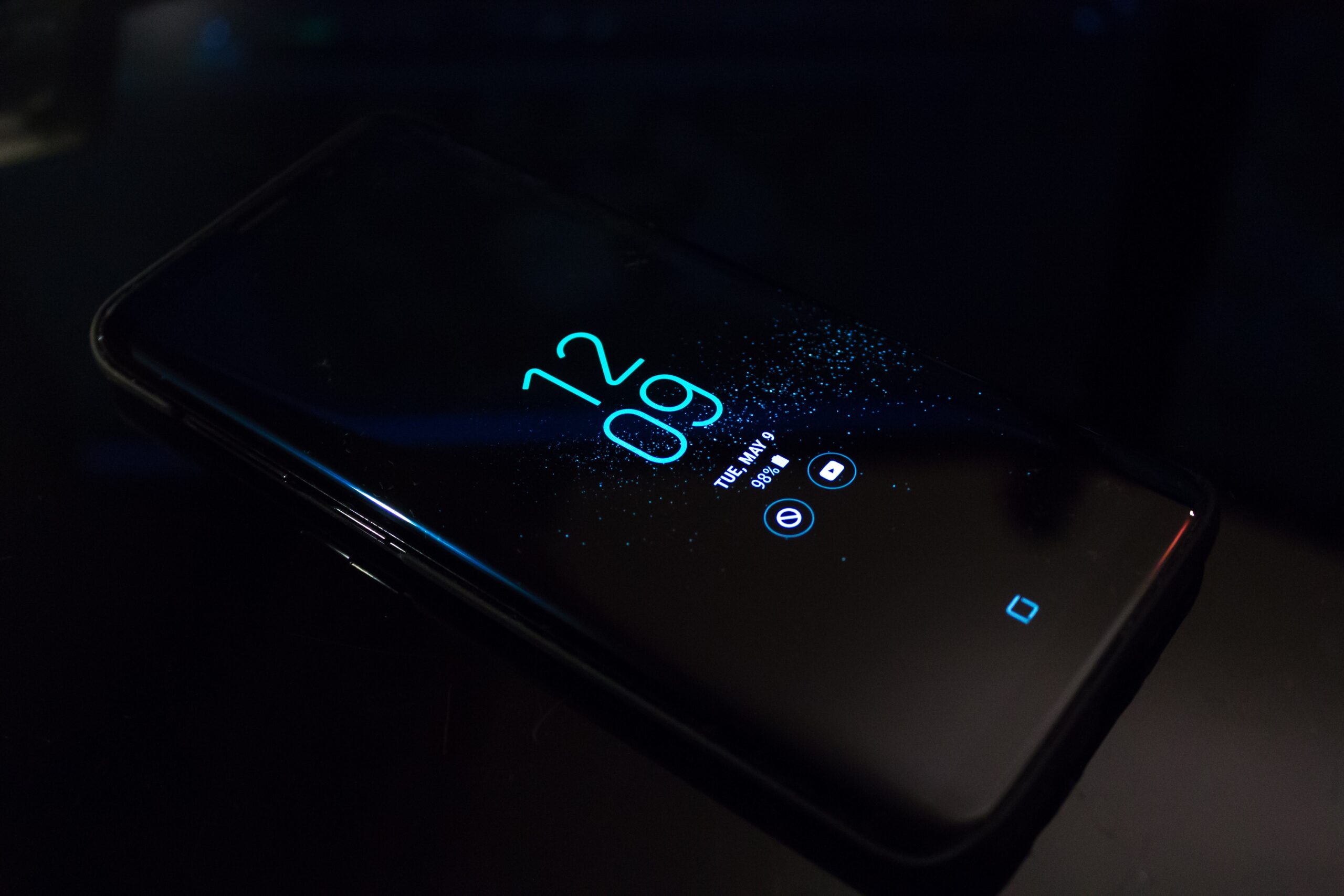Everyone has a cell phone.
And everyone can use their cell phone to record audio.
Whether it’s a conversation, a sound you heard on the street, or even a chat or interview that will become a podcast.
But, as everyone knows, the microphone on cell phones isn’t that great.
Low hardware quality and recording formats that prioritize space over final quality.
So, here are some tips to get the best sound when recording via cell phone.
So “aim” the bottom part of the microphone towards your mouth (or the material you want to record).
But be careful!
Don’t leave it too close or at a right angle to the material being recorded. Your voice (for example) might create a “puff”, which is when the air you emit covers the outgoing sound.
To avoid this, keep the microphone at a slight angle to your mouth.
2- Remove cases and such.
Using a case is good for not breaking your phone, but it can significantly obstruct the sound input to the microphone. Remove it before recording.
3- Pay attention to the environment.
A microphone is like an ear. If you’re hearing it, the microphone is picking it up. Even if it’s just a little.
So pay attention to the noises that accompany the recording. If it’s a very noisy place, the audio will be poor.
Look for places with less noise and less reverberation.
A bathroom is bad for recording. Too much “echo”.
A room with a carpet and pictures on the wall is better.
A corridor with carpet and pictures is even better.
And so on.
4- Get close to the sound source.
Recording an interview or lecture from the back of the auditorium won’t work.
Go to the front rows. Or go up on stage and place the microphone where no one will touch or hit it with their hand.
If you place it on a table, make sure no one is tapping on it. This will interfere and you’ll lose the entire recording.
5- Apps and settings
On iOS – Voice Memo is good, but the recording default is low quality.
Go to Settings>Voice Memos>Audio Quality and choose “Lossless”.
The recordings will take up more space, but will have better quality.
An app that helps with audio setup on iOS is Voice Record Pro, which gives you even more options to configure the audio.
Choose WAV 44Hz/16bit for CD-quality, better than MP3.
For Android, the option is Titanium Voice Recorder.
Go to Settings and choose a good quality as mentioned earlier.
6- Use a microphone!
From the simplest like the iRig Mic Cast (HERE on Amazon US) to those with higher quality, like the Sennheiser HandMic Digital (HERE on Amazon as well).
Plug in and start recording.
You no longer use the phone’s built-in microphone, and you now have a higher quality capsule. If you want to improve even more, consider buying a Pop-Filter and a tripod to avoid those puffs and noises I mentioned earlier.
Or use the Instamic, like I do. The phone becomes just the Rec/Pause controller. The portable microphone does the rest.
That’s it!
All the best, happy recording.
Billy
PS_Based on an article from Popular Science


Leave a Reply